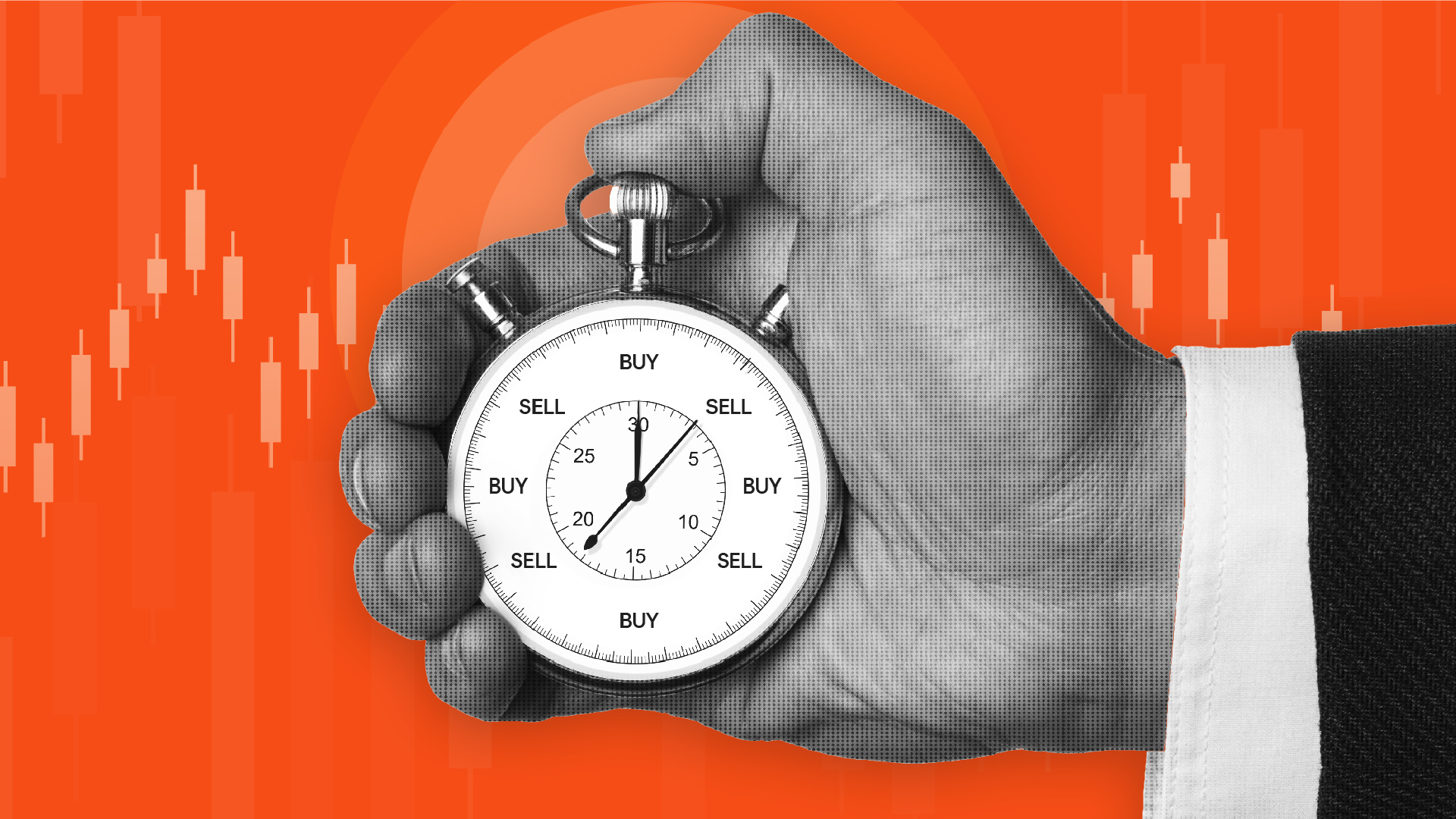Passive investing revolutionised the investment management industry, which up until its advent, had been dominated by active fund managers who would generally employ market timing or security selection strategies aimed at outperforming the ‘market’.
The introduction of traditional passive funds allowed investors to receive ‘market’ exposure, which was ultimately what most portfolios were benchmarked against, at a fraction of the cost of active funds.
Passive funds aim to track the performance of an index. However, most traditional indices, such as the S&P/ASX 200 Index or the MSCI World Index, are designed to weight their securities according to their market capitalisation, or size, which can result in a portfolio with high concentration and momentum biases.
Some investors seek to combine the benefits of active and passive investing with the aim of achieving enhanced results compared to the market while maintaining the low cost and systematic benefits of passive investing.
Enter Smart Beta
Smart Beta combines the power of both passive and active strategies. It is simply any passive investment strategy that uses some measure other than market capitalisation to determine weightings in a portfolio.
By breaking the link between the price of a security and its portfolio weight, a Smart Beta approach seeks to overcome the pitfalls of traditional indices while retaining most of the advantages of passive investing.
The ‘Smart’ benefits
By design, Smart Beta strategies aim to provide investors with enhanced risk and/or return characteristics, relative to traditional market cap-weighted indices.
Given portfolio weights are anchored to a measure other than price, most Smart Beta funds will engage in value-based trading at the time of rebalancing. That is, generally, the fund will sell securities that have risen in price relative to their ‘true’ value, or intended weight in the portfolio, and buy securities that have fallen in price.
While Smart Beta strategies offer the potential for excess returns in the long term, investors should also be aware that they may underperform traditional indices periodically.
Another common issue amongst active managers and traditional indices is that they are prone to large and disproportionate concentrations, across both sectors and individual names. For instance, the top 5 companies in the S&P 500 accounted for about 25% of the index as at 11 October 2024.
Active strategies (which are underpinned by discretionary investment decisions) may also result in portfolios with more variable risk exposures leading to less predictable return profiles over time, and higher stock concentration risk.
Again, by anchoring portfolio weights to a non-price measure, Smart Beta funds generally seek to provide investors with greater control in relation to their risk exposures and greater diversification.
Examples of Smart Beta in action
Betashares has a range of PIE funds that offer the best of both worlds – intelligent indexing for outperformance potential beyond broad market beta and the cost effectiveness typically expected of passive funds.
These core portfolio solutions include:
- ZBSGQL Betashares Global Quality Leaders Fund – seeks to track an index (before fees and expenses) designed to provide effective exposure to 150 of the world’s highest quality companies. Companies are evaluated based on key quality characteristics such as return on equity, debt to equity, and earnings stability. Targeting securities with common properties may provide superior performance characteristics over time.
- ZBSACB Betashares Australian Investment Grade Corporate Bond Fund (NZD Hedged) – seeks to provide exposure to a portfolio of up to 50 senior, fixed-rate, investment grade Australian corporate bonds, hedged into NZ dollars. The fund selects bonds based on expected returns rather than debt outstanding, seeking to avoid the shortcomings of traditional debt-weighted indices and provide higher returns.
Where Smart Beta may fit within an investor’s portfolio
When used effectively, Smart Beta products may help to improve overall portfolio outcomes.
For example, by upweighting the quality factor, Betashares Global Quality Leaders Fund has delivered higher risk adjusted returns and lower maximum drawdowns over the long-term relative to other large global active managers with a quality investing approach. The fund can be used as a cost-effective core global equities allocation within a broader diversified portfolio.
Betashares Australian Investment Grade Corporate Bond Fund (NZD Hedged) offers both attractive yields, in addition to interest rate and credit exposure. That means, within a portfolio, the fund can help to provide equity downside protection if/when interest rates fall but also the potential for capital gains in a scenario where the economy is expanding.
Indeed, low-cost index-tracking funds, including broad market exposures, together with ‘smart-indexing’ exposures, can provide an excellent toolkit for building a strong core over the long term.
There are risks associated with an investment in the Funds. Investment value can go up and down. An investment in the Funds should only be considered as a part of a broader portfolio, taking into account your particular circumstances, including your tolerance for risk. For more information on risks and other features of the Funds, please see the Product Disclosure Statement, SIPO and OMI available on this website.
Please note that the above illustration is not a recommendation to adopt any particular investment strategy and does not take into account any potential investor’s particular circumstances or tolerance for risk. No assurance can be given that a Smart Beta methodology will outperform a traditional market-cap weighted methodology over any time period.

Written by
Hugh Lam
Hugh is an Investment Strategist at Betashares supporting distribution channels and assisting clients with portfolio construction across all asset classes. Prior to joining Betashares, Hugh was an Investment Analyst at Lonsec covering active equity managers, and was an Investment Solutions Consultant at Pinnacle Investment Management on their distribution team. Hugh holds a Bachelor of Commerce and Economics degree from the University of New South Wales and is also a CFA® Charterholder.
Read more from Hugh.

